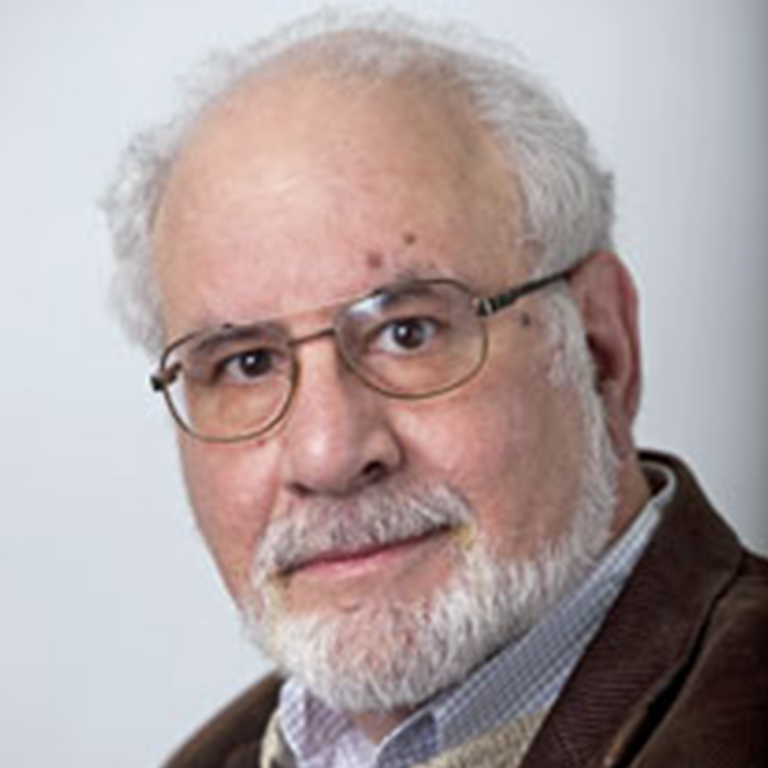- Ph.D., Harvard University, 1973

Peter Cherbas
Professor Emeritus, Biology

Professor Emeritus, Biology
Nuclear receptors are present in every multicellular animal; some act as receptors for important hormones - estrogen, androgens, thyroid hormone, etc. - while we can only guess the functions of others. Transcriptional switches controlled by small molecules, the nuclear receptors are crucial regulators of development and have proven to be valuable tools for biotechnology.
The Cherbas lab uses genetics, biochemistry, functional genomics, and bioinformatics to study how one receptor cooperates with other transcription factors to induce tissue- and stage-specific changes during development. The ecdysone receptor synchronizes the spectacular transformations that occur during insect metamorphosis when virtually every cell responds to the hormone ecdysone by either initiating cell-type specific differentiation or dying. it consists of two proteins (EcR and USP) whose dimer binds to DNA all the time. When hormone is not present the dimer interacts with corepressor proteins to inhibit the transcription of nearby genes. When hormone is present the dimer interacts with coactivator proteins to stimulate nearby genes. The nature of these corepressor and coactivator complexes, how they are specified by regulatory DNA sequences, and how they impose target cell specificity are questions of wide interest.
The lab uses fly genetics to express modified receptors in specific target cells and to catalog the transcription factors that interact with receptor in those cells. It uses biochemical methods to test interacts between receptor and candidate interactors and to study the rates of assembly and disassembly of receptor complexes.
In conjunction with the Center for Genomics and Bioinformatics (https://dgrc.bio.indiana.edu) the lab is using computational methods and bioinformatics to study the properties of ecdysone regulatory elements and is using functional genomics (microarrays) to identify and study ecdysone-responsive genes.
In association with the Drosophila Genomics Research Center ( http://dgrc.cgb.indiana.edu) we studying ecdysone-responsive genes using cell lines with different tissue origins.
And, in conjunction with the Center for Insect Genomics (a joint project with Notre Dame and Purdue) we are creating genomics tools for arthropods important in public health.